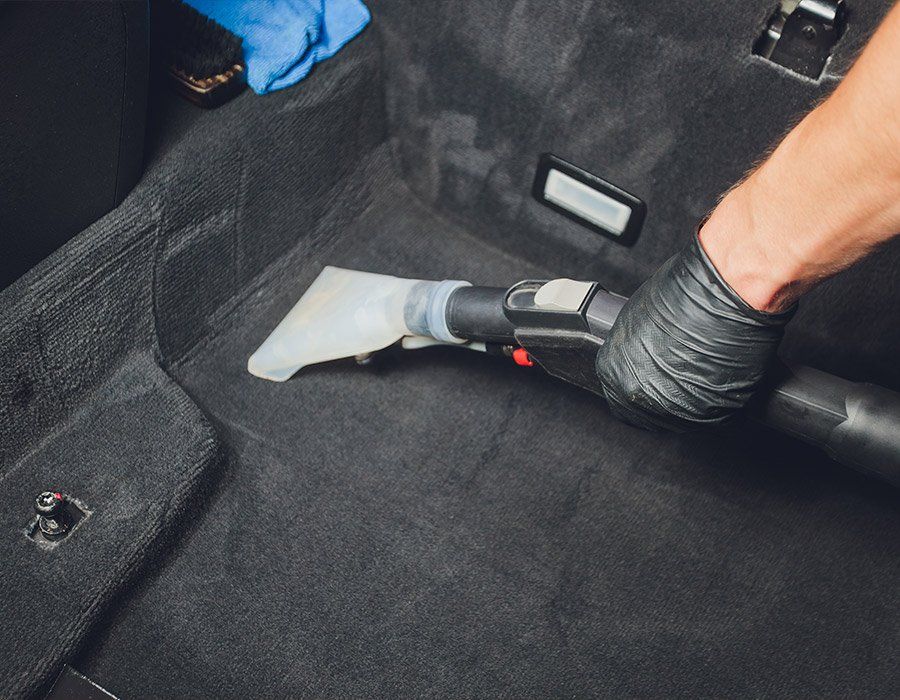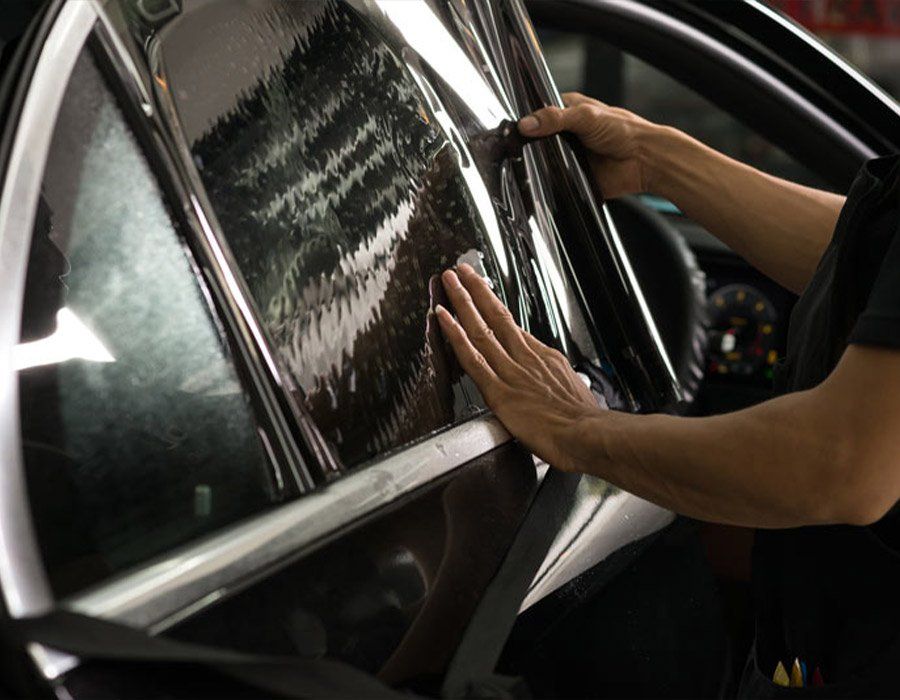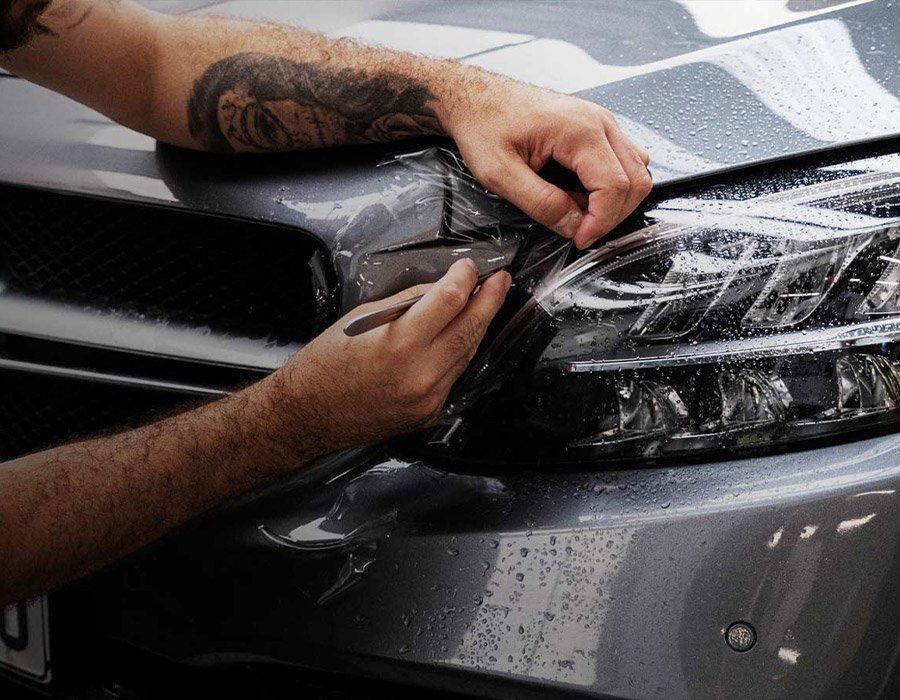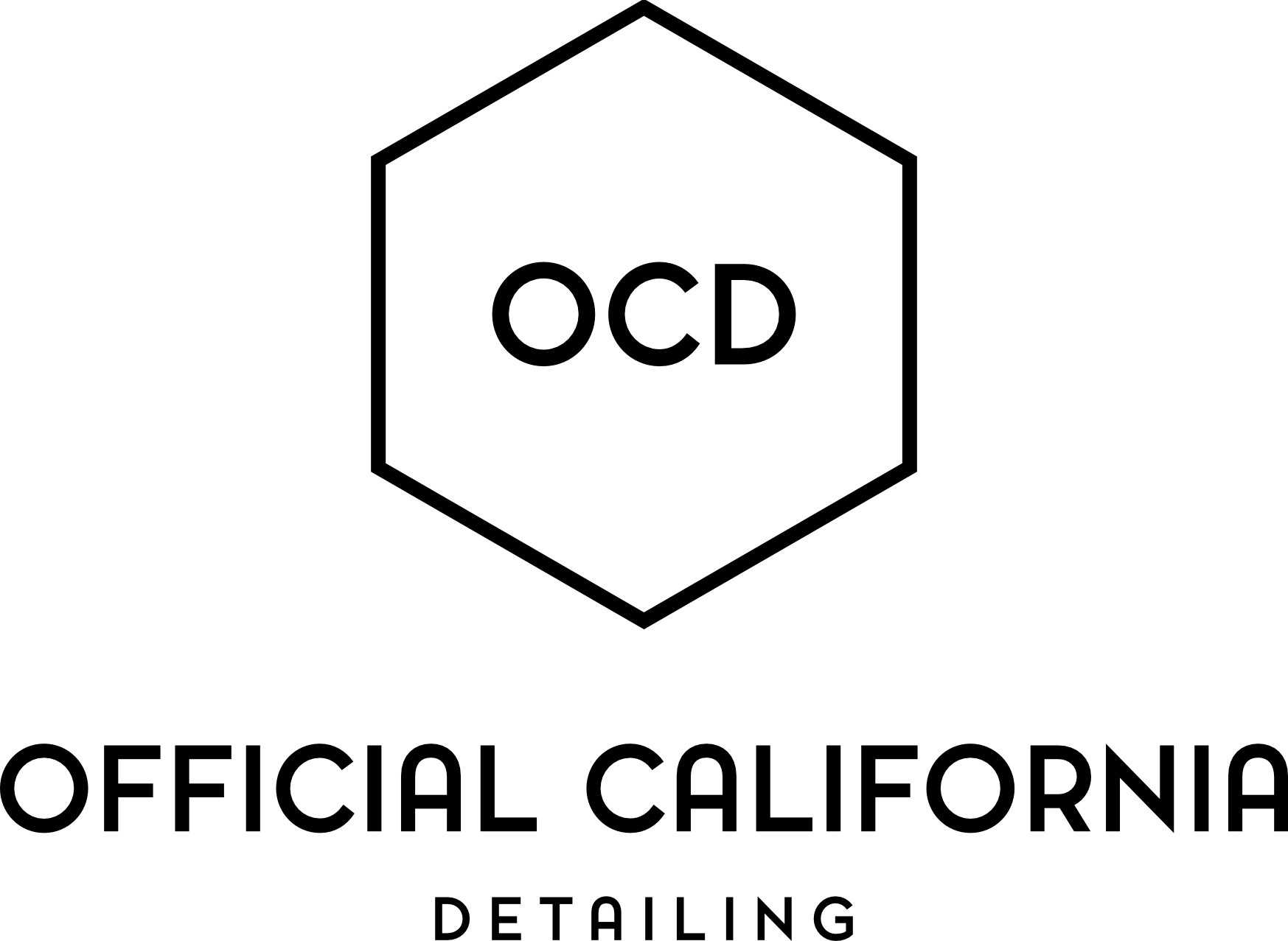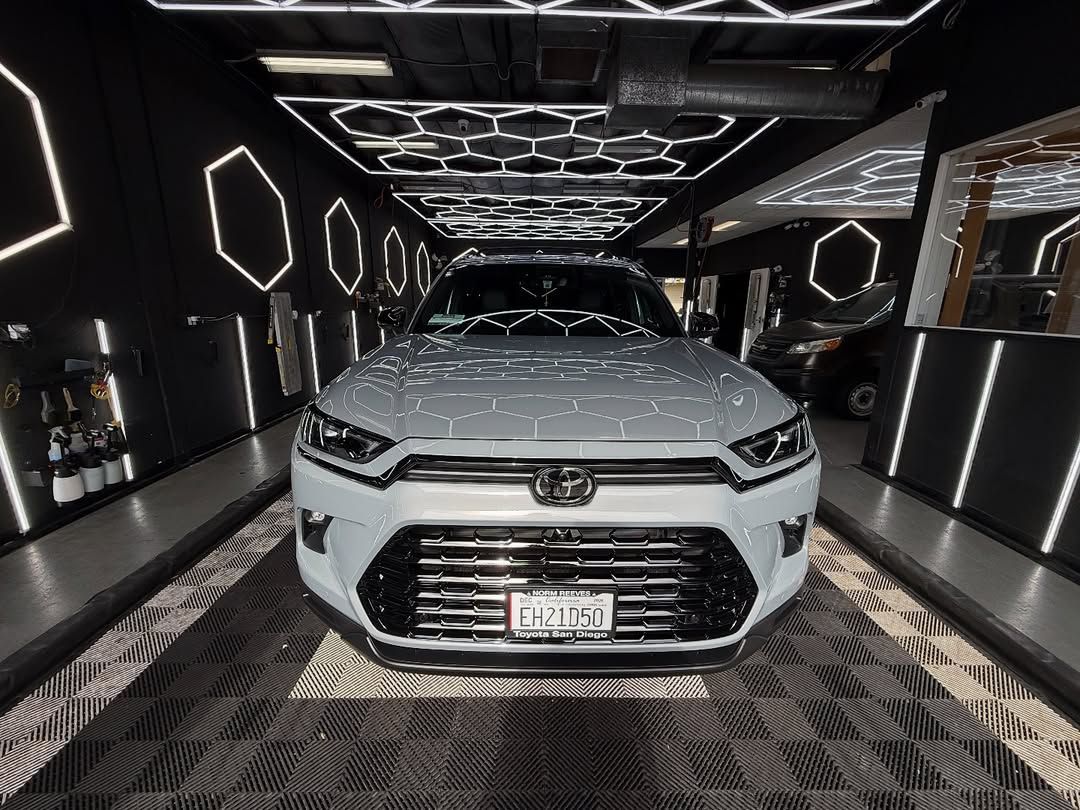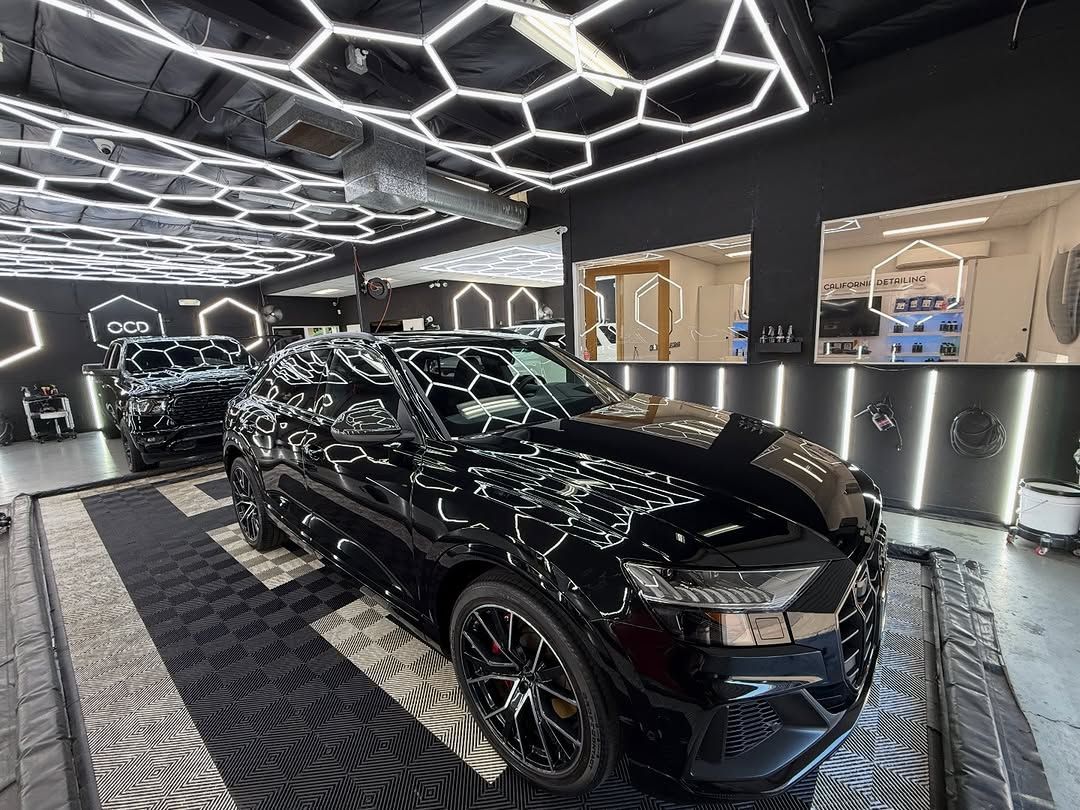Official California Detailing Blog
Paint Correction: Can It Fix Scratches on Your Car?
(619) 760-4962 GET A QUOTE NOWIs your car scarred by unpleasant scratches and marks? This could be an unsightly annoyance that wreaks havoc on the overall aesthetics of your vehicle. In this blog post, we delve deep into the nuances of paint correction—a potential game-changer in addressing and fixing your automobile cosmetic woes.
Learn if it can transform your scratched-up vehicle into a pristine ride, almost as good as new. Stay with us and unravel the power and potential of paint correction for your four-wheeler!
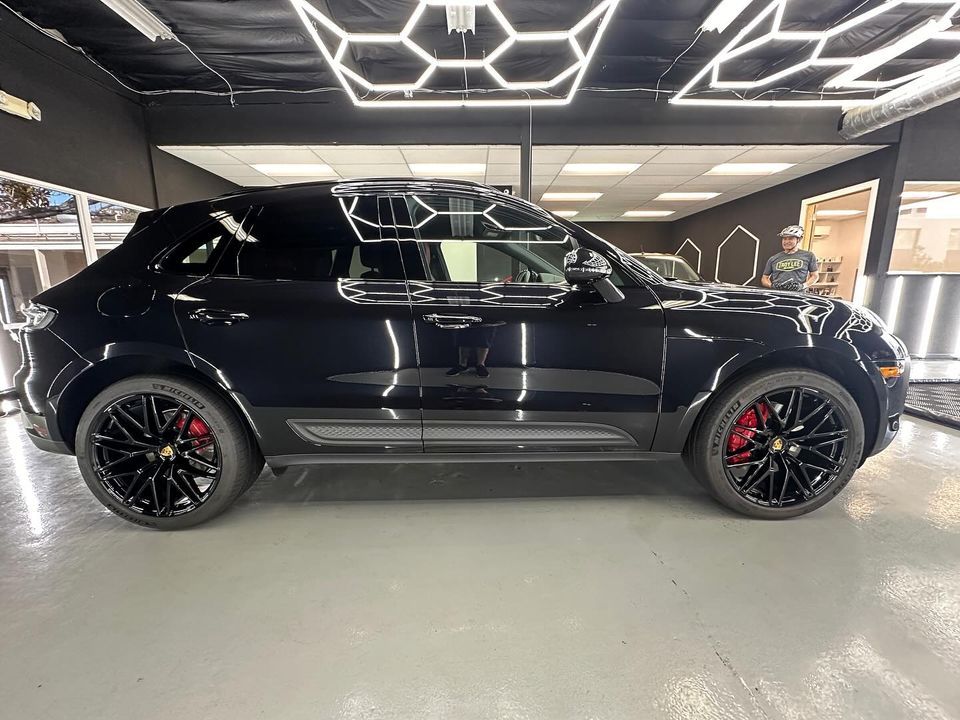
Basics of Paint Correction
Have you ever looked at your car's paint and noticed fine scratches, swirl marks, or dullness that diminishes its overall appearance? If so, you're not alone. Many cars experience these imperfections over time due to regular wear and tear. This is where paint correction comes into play. Paint correction is a meticulous process aimed at restoring the original shine and clarity of a vehicle's paintwork by removing surface defects like minor scratches, swirl marks, oxidation, and water spots.
Paint correction is often mistaken for a simple buffing or polishing process. However, it involves more than just basic surface-level enhancements. It requires the expertise of skilled detailers who utilize specialized tools, compounds, and techniques to remove imperfections and restore the paint to its optimal condition.
Paint correction would involve using professional-grade compounds and abrasive polishes combined with machine polishing techniques to gently polish away the swirl marks layer by layer until the original clarity and gloss are restored.
How Does Paint Correction Work?
Paint correction is a multi-step process typically performed by professionals trained in the art of automotive detailing. The first step involves thoroughly washing and decontaminating the vehicle's exterior to remove any dirt, grime, or contaminants that could potentially hinder the correction process.
Once the vehicle is clean, the detailer begins the actual correction process by carefully inspecting the paintwork under various lighting conditions to identify specific imperfections such as scratches, swirl marks, or etching. This critical inspection allows the detailer to develop a tailored plan of action, choosing the appropriate compounds, polishes, and techniques needed for each specific area or type of imperfection.
After selecting the appropriate products and tools, the detailer begins the correction process by systematically working on small sections at a time. They apply the chosen compound to an appropriate buffing pad attached to a machine polisher and gently work it into the paintwork using specific techniques. This abrasive compound effectively removes a thin layer of clear coat or paint, eliminating imperfections in the process.
Once the correction is complete, finer polishing stages follow to refine the finish and restore optimal gloss. The detailer transitions to milder polishes and polishing pads, progressively refining the paint until all defects are removed, leaving behind a smooth and highly polished surface.
Understanding how paint correction works provides insight into why it is essential for achieving outstanding results. Nevertheless, it's important to address other necessary automotive fixes that can further enhance these results.
Necessary Automotive Fixes for Improved Results
Before delving into the effectiveness of paint correction for fixing scratches on your car, it's crucial to understand the necessary automotive fixes that can contribute to improved results. A thorough assessment of your vehicle's condition is essential to determining the best course of action.
Starting with a careful inspection, identify any areas where the paint has been compromised, such as scratches, swirl marks, or other imperfections. Pay close attention to the depth and severity of these blemishes. Superficial surface scratches may require a different approach than deep scratches that have penetrated through multiple layers of paint.
Once you have identified the issues, it is important to address any underlying problems before embarking on the paint correction process. For instance, if there are dents or chips in the bodywork that have caused the scratches, it would be advisable to have those repaired first. Paint correction can enhance the appearance of your vehicle, but it cannot fix structural damage.
In addition to addressing deeper issues, properly cleaning and preparing the vehicle's surface is paramount for achieving optimal results. Thoroughly wash the exterior using a gentle pH-neutral shampoo and ensure that all dirt, grime, and contaminants are removed. This provides a clean canvas for the paint correction process.
Can Paint Correction Really Fix Scratches?
Scratches on your car's paintwork can be an eyesore and diminish its overall appearance. Naturally, you might wonder if paint correction techniques can effectively eliminate these blemishes. While paint correction is indeed designed to restore a vehicle's finish by removing imperfections, the extent to which it can fix scratches depends on various factors.
However, it's essential to note that deep scratches that have penetrated through multiple layers of paint will be more challenging to fix through paint correction alone. In such cases, additional measures may be required, such as touch-up paint or even repainting the affected area, depending on the severity.
While paint correction can work wonders in many cases, it is crucial to manage expectations and understand its limitations when it comes to fixing scratches. The best approach is to consult with a professional detailing specialist who can assess the condition of your car and recommend the most appropriate solutions.
Techniques: Compounds, Polishes, Sanding, and Rubbing
When it comes to paint correction, there are several techniques that professionals utilize to effectively address minor scratches and imperfections on your car's paintwork. These techniques include the use of compounds, polishes, sanding, and rubbing.
Compounds: Compounds are abrasive substances specifically designed to remove a thin layer of a clear coat or paint. They are used for more severe scratches and blemishes. By gently applying the compound to the affected area using a machine buffer or by hand, the technician can gradually reduce the depth of the scratch and restore the smoothness of the surface. It's important to note that compounds should be used with caution, as excessive application or vigorous rubbing can further damage the paint.
Polishes: Polishes are less aggressive than compounds and are used to refine the surface of the paint after the initial correction is done. They contain finer abrasives that help smooth out any remaining imperfections while enhancing the gloss and shine of the paintwork. Polishing is usually done after using compounds to restore clarity and depth to the finish.
Sanding: In some cases where deep scratches or clear coat damage are present, professionals may resort to sanding. This technique involves using specialized sandpaper with varying grits to carefully level out the surface by removing a controlled amount of a clear coat or paint layer. It requires skill and precision to ensure that excessive sanding does not compromise the integrity of the paint. After sanding, further polishing and refinement steps are typically required to achieve a flawless finish.
Rubbing: The process of rubbing involves using abrasive materials like rubbing compounds or traditional cutting agents applied with a cloth or foam pad. This technique focuses on effectively removing surface defects such as light scratches, swirl marks, oxidation, and water spots. Rubbing helps to smooth out imperfections before proceeding with polishing.
Imagine you have a deep scratch on your car door caused by an encounter with a careless shopping cart. A professional detailer would start by using a compound to reduce the depth of the scratch. After that, they would move on to polishing to refine the surface and restore the gloss. The final result would be a smooth and restored paint finish that camouflages the once-noticeable scratch.
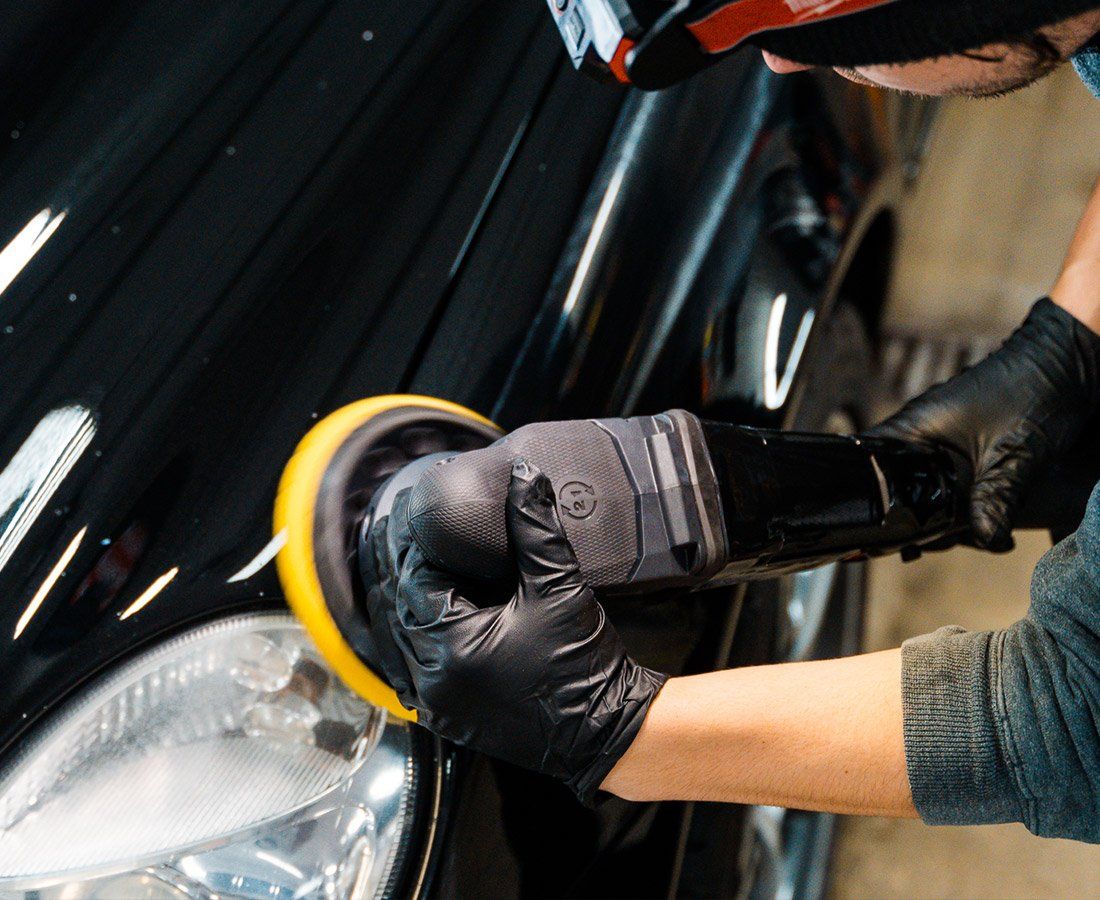
Are There Steps to Minimize Car Paint Damage?
Indeed, taking proactive steps to minimize car paint damage is crucial to preserving the appearance and value of your vehicle. Here are some tips to keep your paintwork looking its best:
Regular Washing:
Washing your car on a regular basis removes dirt, road grime, and contaminants that can contribute to paint damage. Use appropriate car wash soap and microfiber mitts or sponges to avoid scratching the paint.
Avoid Automatic Car Washes: Automated car washes that use stiff brushes or abrasive materials can cause swirl marks and scratches on your vehicle's paint. Opt for gentle hand washing or touchless car washes instead.
Protective Coatings: Applying protective coatings such as
ceramic coatings or sealants can provide an extra layer of protection against UV rays, chemicals, and pollutants. These coatings create a hydrophobic barrier that helps repel water, dirt, and contaminants.
Parking in Shade: Exposure to direct sunlight for extended periods can lead to the fading and deterioration of your car's paint. Whenever possible, park your vehicle in the shade or use a car cover if you don't have access to a covered parking area.
Avoiding Minor Scratches: Taking care when loading and unloading items from your trunk or cargo area can help prevent accidental scratches or dings. Additionally, parking further away from other vehicles reduces the risk of door dings caused by neighboring car doors.
Paint Protection Film: Consider applying a clear paint protection film to high-impact areas such as the front bumper, hood, and side mirrors. This film acts as a sacrificial layer, absorbing the brunt of minor scratches and impacts to keep the underlying paint intact.
By following these steps, you can significantly reduce the chances of paint damage and maintain your car's pristine appearance for longer periods of time.
What's the Cost of Paint Correction? Can It Be a DIY Project?
One of the foremost considerations when contemplating paint correction is the cost involved. The price can vary significantly depending on several factors, such as the severity of the paint damage, the size of the vehicle, and the level of expertise required to perform the correction. While it is possible to attempt a DIY paint correction project, it is essential to evaluate whether it is a feasible option for you.
When it comes to professional paint correction services, the cost can range from a few hundred to several thousand dollars. Factors that influence this range include the extent of damage, the complexity of the correction process, and the reputation and skill level of the detailer or technician performing the job.
For minor scratches and blemishes that are limited to a small area on a vehicle, spot correction might be an option. This process involves focusing on specific affected areas rather than treating the entire vehicle. Spot correction typically costs less compared to full-panel or multi-stage corrections, making it a more budget-friendly choice.
However, if your car has extensive paint damage with deep scratches, swirl marks, or oxidation covering multiple panels, a more comprehensive correction will be necessary. This type of correction often includes multiple stages of polishing and requires more time and expertise. As a result, it will come with a higher price tag.
In addition to considering the extent of damage, another factor that affects cost is whether a paint touch-up or refinishing is required. If there are areas where paint has chipped off or been scratched down to bare metal, additional steps such as touch-up painting or even panel respraying may be necessary. These processes add extra labor and material costs, further increasing overall expenses.
Now let's address the question: Can paint correction be a DIY project? While some automotive enthusiasts may be tempted to try their hand at correcting their vehicle's paint themselves, it is essential to keep a few things in mind.
The level of skill and expertise required for successful paint correction cannot be understated. Professional detailers undergo extensive training and have years of experience honing their craft. They understand the intricacies of different paint types, know which products and techniques to use, and possess the right tools to achieve optimal results.
Attempting DIY paint correction without the necessary knowledge and skills can lead to unintended consequences. Improper techniques or products can further damage the paint and even result in irreversible harm. In such cases, what started as a seemingly small issue may escalate into a much larger problem, potentially requiring costlier repairs down the line.
However, there are instances where minor scratches or imperfections can be improved through DIY methods. For example, light surface swirl marks or haze caused by improper washing or drying techniques might be remedied with careful hand polishing using suitable products. This approach requires research, practice, and an understanding of the limitations of DIY methods.
From Flaws to Flawless: Navigating the World of Paint Correction with Official California Detailing
Elevate your car's appearance with the precision of Official California Detailing's paint correction expertise. Unveiling the intricate artistry behind our process, we use special compounds, polishes, and cutting-edge techniques to carefully identify and address imperfections ranging from minor scratches to swirl marks.
While paint correction is a potent solution, we transparently guide you through its limitations, ensuring realistic expectations. Trust us to unveil the full potential of your car's aesthetics with a flawless finish that speaks volumes about Official California Detailing's dedication to automotive excellence.
Contact us today!
